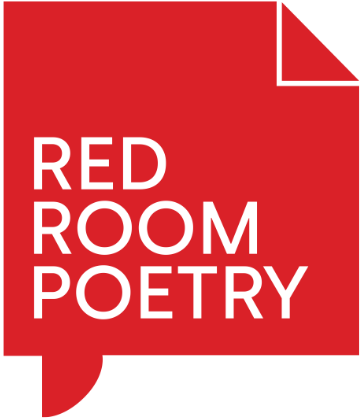"My gender has always had its own shadow" – Maddie Godfrey
Poet and Shadow catchers call-out competition winner, Maddie Godfrey reflects on shadows, gendered reflections and poetry.
"Everything casts a shadow / Your body told me in a dream it's never been afraid of anything”
– Richard Siken
Call me obsessed: I adore shadows. What can the body create from an absence? Can you still possess your own shadow when you exist within someone else’s? If a shadow is a liminal space, how long can a poem linger there?
When I think about being a teenager, there are gaps in my memory. Months that I can only comprehend through school reports and the occasional photograph still uploaded in a private Facebook album.
I believe that an Ekphrastic response involves creating a new shadow for an artwork. The poem lays on the ground like cement, before the artwork, hoping to become an intersection of absence and presence. After all, a successful Ekphrastic poem must exist without the artwork, just as the artwork continues to exist without the poem. This mimics a shadow – which exists relationally but still maintains a cohesive self.
Olive Cotton was a prominent female photographer of the 1930s and 1940s, but many media sources mention her in relation to her first husband Max Dupain. In The Photographer’s Shadow, Olive is positioned above the photographic subject (Dupain) and her silhouette casts a frame around him. Before writing, I pondered this image as a reversal of public perceptions of female creatives, who are too often discussed within the framework of their male lover. From this context, I started to consider what outlines my own identity.
For a long time, I have been interested in gendered experience as an act of liminality. As existing in two places at once. A fragmented depiction of selfhood. As someone who identifies as non-binary, I do not ascribe to the notion that I was born into the wrong body, but simply that my gender has always had its own shadow.
In 2016, my poem Labels Are For Jars was used as a close-reading text in the Western Australian Curricular Exam. Students were asked to analyse my autobiographical depiction of growing up with a gender that didn’t quite fit, which my Dad affectionately referred to as “half-boy, half girl” (Godfrey 2018). My 2020 Red Room Poetry piece exists as a sibling poem, which utilises Olive Cotton’s photograph to evoke notions of being trapped inside a specific representation of yourself. I Grew Up A Shadow Girl With A Man Outlined Inside Me uses fragmented stanzas to depict my murky recollections of adolescence, in which memories are conveyed through overlapping sensory moments.
Thank you to Red Room Poetry for selecting my poem as the winning submission. Thank you to the late Olive Cotton for her creative energy. I hope this poem offers a small moment of solidarity for anyone who has ever felt confused in a school bathroom, those places are filled with shadows, as am I.
References
- Cotton, Olive (1953). The Photographer's Shadow (Olive Cotton and Max Dupain). Art Gallery of NSW.
- Godfrey, Maddie (2018). ‘Labels Are For Jars’ in How To Be Held. Burning Eye Books: Bristol.
- Siken, Richard (2015). ‘Detail Of The Woods’ in War Of The Foxes. Copper Canyon Press: Washington.

